Resolving the remaining issues in infrastructure investment
The total electricity capacity in the early 1990s was a mere 4,000 MW, about the same as tiny Singapore. Around half originated in the Hoa Binh hydroelectricity plant, yet much of the demand was in the south, 1,000km away.
 |
| Tony Foster - Managing director Freshfields Bruckhaus Deringer LLP |
But Vietnam’s potential required more fuel in the tank. Demand for electricity accelerated alongside rapid economic growth, straining the government’s ability to increase supply. Power shortages intermittently halted those factory lines that did not have the luxury of private generator back-up.
The private sector started building power stations to protect their own investments. CT&D of Taiwan, one of the most admirable foreign investors, developed the Tan Thuan export processing zone and Phu My Hung city, and installed a power plant at Hiep Phuoc to support these developments.
Thai group Amata then built an industrial zone just north of Ho Chi Minh City and persuaded Tractebel to build a captive power plant in 1995 to provide certainty of supply to the industrial tenants in their new zone.
The first infrastructure to be developed on a non-recourse basis was a coal-fired power station in Quang Ninh. The Oxbow/Marubeni consortium proposed an additional 1,000MW or so to the national grid on a build-operate-transfer (BOT) basis. The government would not need to find any money for the project.
Unfortunately, these concepts were still difficult for the Ministry of Industry and Trade (MoIT) and the project did not come to fruition until a decade later when AES picked it up and one of the great infrastructure successes arrived – the 1,200 MW Mong Duong 2 BOT power plant.
The major foreign-invested infrastructure success of the 1990s was the Nam Con Son gas-to-power project. The Phu My 2-2 and Phu My 3 power plants depended on receiving natural gas that a BP/Statoil and ONGC consortium was developing offshore Vietnam in the Lan Tay/Lan Do fields in Block 06-1.
No one doubted the existence of sufficient gas. But the gas was 400km across hostile seas from where it could be fired, and the gap took years to bridge. The principal sponsor of the Phu My 2-2 BOT power plant was EDF of France, and that of the Phu My 3 BOT power plant was BP of the United Kingdom.
Both of these plants have successfully generated electricity for 20 years as agreed and will soon be transferred to the MoIT or its nominee. The Ministry of Planning and Investment (MPI) deserves credit for overcoming the obstacles and thereby achieving a result that has been beneficial for Vietnam.
Other notable foreign-invested projects from the early years of Vietnam’s development were the business cooperation contract between VNPT and Telstra, and the Business Cooperation Contract between VNPT and Comvik, which opened up international and mobile telephony, respectively; meanwhile, the Thu Duc and the Binh An BOT water plants supplied clean water to Ho Chi Minh City.
In addition, port connections were improved by Cai Mep International Terminal developed by Maersk; Saigon Premier Container Terminal was developed by P&O Ports; Dinh Vu Port was developed by IPEM of Belgium; and the first of the chain of VSIP parks underlined to Asian investors how receptive Vietnam was to top manufacturing investment.
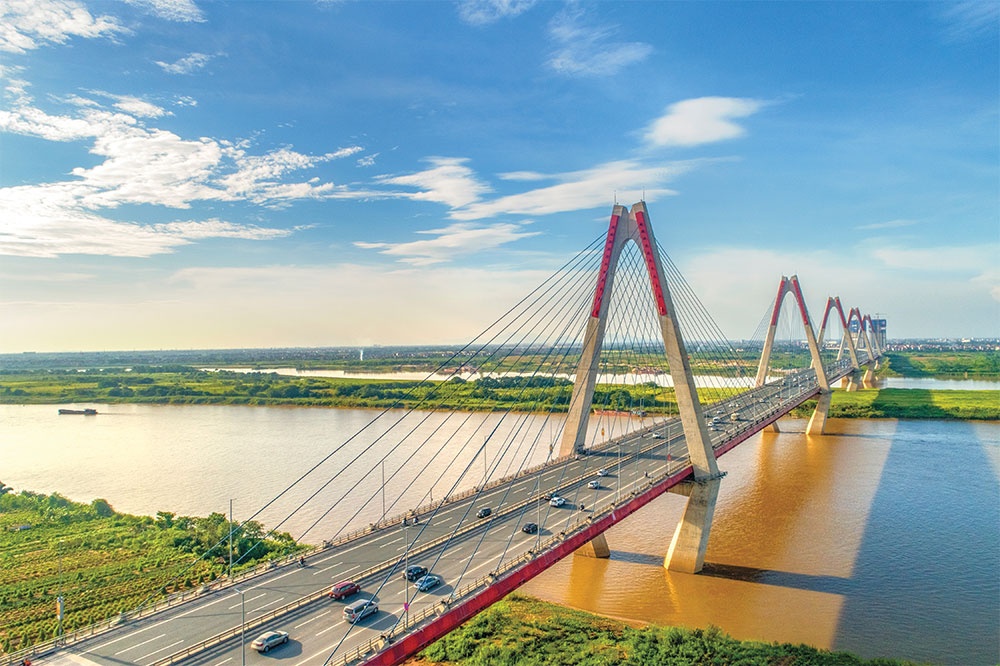 |
| Resolving the remaining issues in infrastructure investment, Photo: Shutterstock |
Actions in need
Infrastructure is vital to fuelling every country’s economic growth. Vietnam has made bold moves to build out its infrastructure. The country has plenty of successful stories to tell in the last three decades, some of which have already been mentioned, but there are two areas where it could have done better.
The first is the equitisation of state-owned enterprises (SOEs) in the infrastructure sector, which has been slow. The government attempted to sell strategic stakes in state-owned infrastructure companies, such as generating companies owned by Electricity of Vietnam, gas companies owned by PetroVietnam, and MobiFone and Vinaphone.
If this had been successful, there would have been greater inflows of foreign capital to fund strategic infrastructure projects, greater competition for monopolies or quasi-monopolies; healthier public finances resulting from the proceeds of sale or reduced subsidies for inefficient state companies; improvements to efficiencies and services to customers; and so on. But this is a highly complicated area where different governmental approaches can be equally valid over the long term.
The second is the public-private partnership (PPP) law. The 2021 Law on Public-Private Partnership Investment has been up and running for two years. Before that, there were decrees and pilot decisions which date back a decade. The government and the MPI have worked tirelessly.
Yet none have attracted foreign investment in the challenging infrastructure sector, despite its huge potential. Our information suggests that, other than BOT power projects, there have been no PPP projects that comply with the formal PPP regime and have attracted foreign bank non-recourse funding, which is the goal. IPPs of course exist, but that is a different matter.
There are many issues that need to be solved before foreign investors take interest in PPP projects. If we focus just on the purely legal aspects, foreign investors struggle with the applicability of Vietnamese law; the availability of step-in rights to lenders; the availability of guarantees for foreign exchange and non-payment by an SOE off-taker; the statutory restriction on mortgaging land-use rights to foreign lenders; and complex regulatory approvals.
Infrastructure investment starts from a strong legal framework. Vietnam has passed important laws to support investors. Now the government could act to formulate a robust and consistent risk allocation framework applying across industries, which would provide a level of certainty on the key risks to be retained by the government and to be allocated to investors.
Future trends
Vietnam is now a member of free trade agreements with around 60 countries, and it has integrated into the global value chain and production network. But no deal was more important than the bilateral trade agreement with the US, ratified in 2001. It significantly reduced US tariffs on most imports from Vietnam. Exports boomed, and Vietnam boomed.
In exchange, Vietnam agreed to liberalise a wide range of its market, and to lift barriers to foreign direct investment. This, and Vietnam’s accession to the World Trade Organization, resulted in an extraordinary 20-year explosion of growth.
Vietnam will need to invest further in the infrastructure system to maintain this growth. We have no doubt that this will occur, and that, together with preferential investment policies, and the strong determination of the government to improve the business environment, Vietnam’s attractiveness to investors will steadily increase.
The country will transition to a greener future. How it will do this remains open, but the trend lines are clear. More specifically, one can look at the phasing out of coal-fired power and its replacement by natural gas, liquefied natural gas, hydrogen, offshore wind, and other renewable energy projects. All of this will require a change in the conception of transmission and distribution of electricity.
Digital infrastructure for the foundation of the digital economy will be necessary, as will greater soft infrastructure, such as schools and hospitals, to respond to rising living standards of the people.
Massive progress has been achieved over the last 35 years. The country will unquestionably respond to the needs of its people in the future, and will maintain its economic growth and create even more favourable conditions for investors in the infrastructure sector. I am confident that if I am able to see the results in 35 years’ time – which may be pushing it – it will be a bright picture indeed.
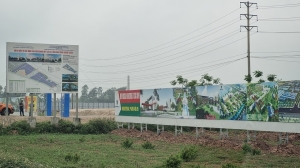 | Hung Yen focuses investment on transport infrastructure Hung Yen has identified transport infrastructure as crucial in terms of regional connection to spur the province’s socioeconomic development. |
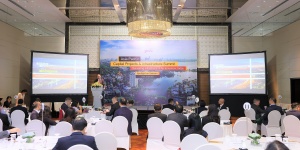 | Asia-Pacific Capital Projects & Infrastructure Summit spotlights sustainability The Asia-Pacific Capital Projects and Infrastructure Summit, organised by PwC Vietnam, took place on April 27 in Hanoi. The theme, Delivering infrastructure for tomorrow, today, focused on the country's development journey towards sustainable infrastructure. |
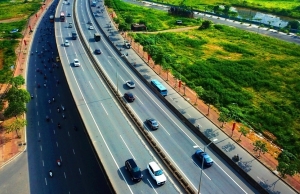 | ASEAN+3 should unlock more capital for sustainable infrastructure COVID-19 has brought severe hardships to peoples and communities across the globe, but for the economies of the Association of Southeast Asian Nations, a resilient recovery is underway. |
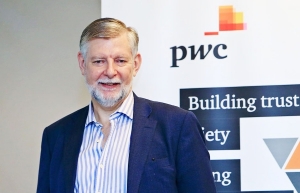 | Enhancing functionality in infrastructure Funding Vietnam’s infrastructure can yield significant rewards for foreign investors, given the country’s increasing demand for modernised infrastructure. Edward Clayton, partner and leader of Capital Projects and Infrastructure at PwC Vietnam and Malaysia, unravelled the intricacies of investing in Vietnam’s infrastructure with VIR’s Le Luu. |
What the stars mean:
★ Poor ★ ★ Promising ★★★ Good ★★★★ Very good ★★★★★ Exceptional
Related Contents
Latest News
More News
- Partnerships drive sustainable finance (January 07, 2026 | 09:23)
- FDI inflows reach $38.42 billion in 2025 (January 06, 2026 | 17:55)
- $2.1 billion Nghi Son LNG-fired thermal power plant waits for investor (January 06, 2026 | 17:51)
- GE Vernova powers up Vietnam with first 9HA gas power plant in the country (January 06, 2026 | 16:54)
- Solid finish for manufacturing after volatile year (January 06, 2026 | 08:50)
- Meiko strengthens Vietnam operations with new PCB plants (January 06, 2026 | 08:49)
- Ho Chi Minh City backs $2 billion AI data centre with dedicated task force (January 06, 2026 | 08:43)
- PM sets January deadline for high-speed rail consultant (January 06, 2026 | 08:40)
- New decree spurs on PPP implementation (December 31, 2025 | 19:01)
- Global alliance develops $1 billion AI data centre network in Vietnam (December 30, 2025 | 10:08)

 Tag:
Tag:




















 Mobile Version
Mobile Version